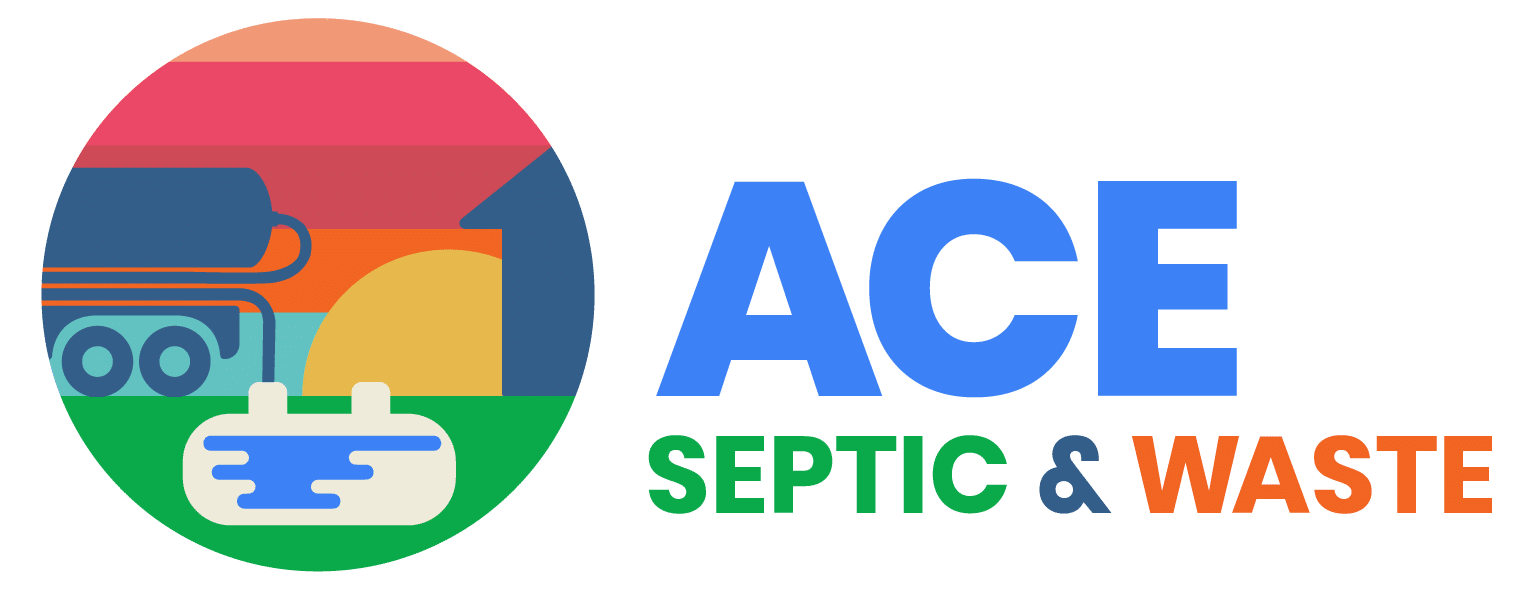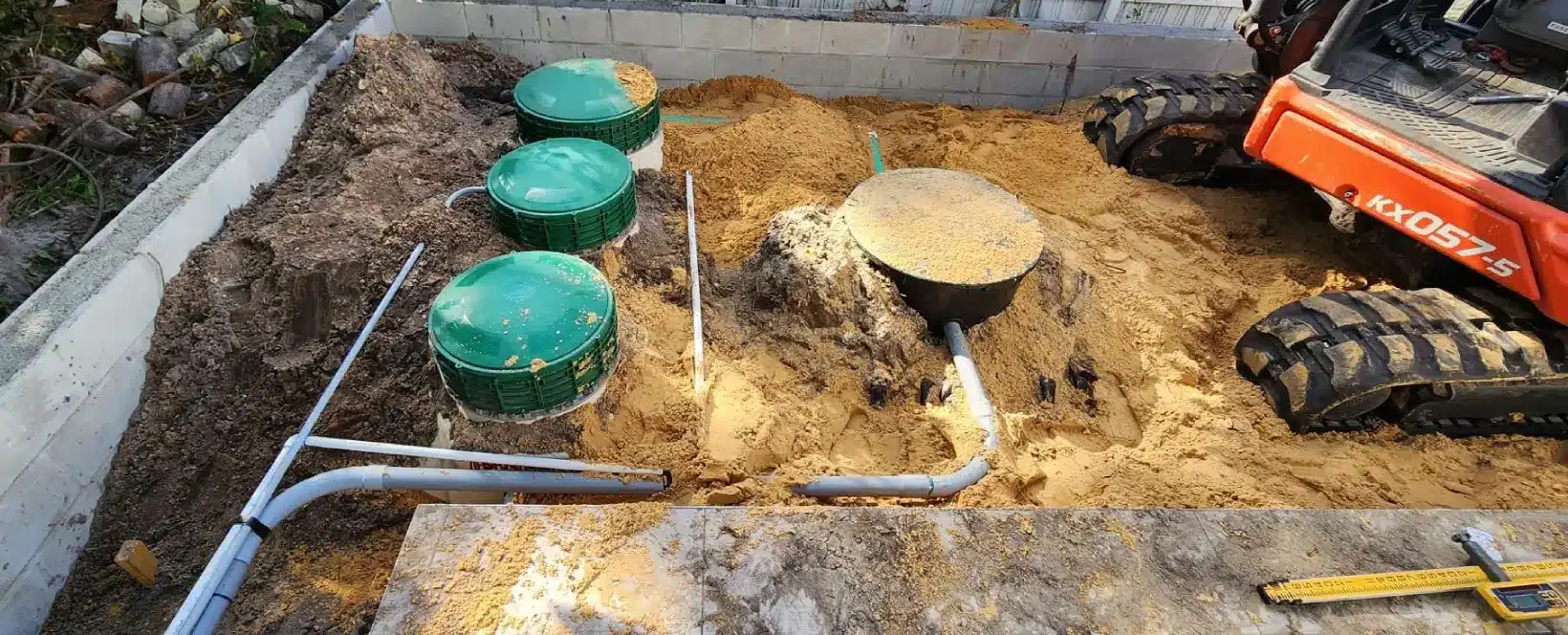As a full-suite septic system installer and designer, soil science is an important element of our septic system designs. Our engineers must understand how the soil affects the drain field efficiency. This requires testing and planning, resulting in a long-lasting and effective septic system for our customers. Let’s talk about the process we use when designing our septic system.
Understanding Soil’s Role in Septic Systems
In the context of septic systems, drain field soil has several essential functions and is a vital part of the wastewater treatment process. Here’s why soil is integral to the function of drain fields:
- Filtration and Percolation: Soil and septic-approved sand acts as a natural filter, removing particulates and pathogens from effluent as it percolates through the soil layers before reaching groundwater or surfacing as runoff. The rate at which effluent moves through the soil, known as the percolation rate, is crucial. Soil with a high percolation rate, like soil with a lot of sand, may not adequately treat the wastewater, which can lead to contamination. Conversely, soil with a slow percolation rate, such as dense soil packed with clay, can cause effluent to surface, leading to health risks and environmental hazards.
- Biological Treatment: Soil is teeming with microorganisms that break down organic matter in effluent. It filters out harmful bacteria, viruses, and certain chemicals from effluent as it passes through. This biological and chemical decomposition is essential for reducing the load of organic pollutants before they reach the aquifer or surface water.
- Chemical Processes: Soil chemistry also neutralizes and transforms nutrients and pollutants in effluent. Processes like adsorption, where soil particles bind with contaminants, help remove harmful substances from passing through to the water table.
Understanding Percolation Rates
Designing an effective drain field requires understanding the local soil characteristics. Florida has varying soil types, from sandy beaches to clay-heavy inland regions. Each requires specific design adjustments. ACE tailors our systems based on comprehensive soil evaluations by conducting soil tests. One of these tests is measuring the percolation rate to understand the soil quality. The percolation rate gauges how quickly water moves through the one inch of saturated soil. The rate of absorption directly affects how well the soil can treat wastewater. Here’s how different rates impact drain field efficiency:
- Fast percolation rates (e.g., less than 5 minutes per inch), often found in sandy soils, pose a risk of under-treating effluent because the water moves through too quickly to allow adequate microbial action or chemical processes.
- Slow percolation rates (e.g., more than 60 minutes per inch) are common in clay or compacted soil. Slow percolation rates risk effluent surfacing before it can be adequately treated, potentially leading to health and environmental issues.
Best Practices for Drain Field Maintenance
Maintaining a drain field in good working order involves several best practices, all of which contribute to the longevity and efficiency of the septic system:
- Regular inspections and pumping: Keeping the septic tank and associated systems in good repair prevents overloading the drain field.
- Mindful landscaping: Choosing appropriate plants and avoiding heavy machinery or construction on or near the drain field protects the soil’s integrity and percolation capacity.
- Water management: Reducing excess water use helps prevent the saturation of the drain field, which can lead to system failure.
Conclusion
For homeowners and businesses alike, partnering with a knowledgeable septic service provider like ACE Septic & Waste ensures that your septic system meets regulatory standards and supports the broader goals of environmental stewardship and community health. Contact ACE Septic & Waste for more expert advice or to schedule a consultation. Let’s ensure your property’s septic system contributes to Florida’s pristine environmental landscape.







